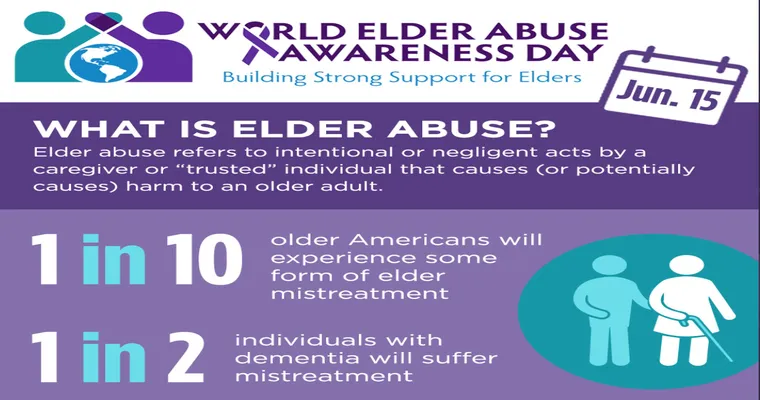As "aging Americans" continue to seek comfort and familiarity in their later years, an alarming trend has emerged: the prevalence of "elder abuse" and financial exploitation within the very walls they call home. This issue is not just limited to physical harm; it encompasses emotional, psychological, and "financial fraud" that can leave lasting scars on their victims. Understanding the various forms of elder abuse and recognizing its signs is crucial for families and caregivers to protect their loved ones.
Understanding Elder Abuse
Elder abuse is a broad term that encompasses various forms of mistreatment of older adults, often occurring in their own homes or in facilities meant for their care. It can manifest in several ways, including "physical abuse", neglect, emotional abuse, and financial exploitation. Unfortunately, financial abuse is one of the most insidious forms, often perpetrated by those closest to the victim, such as family members, caregivers, or trusted friends.
The Rise of Financial Fraud
Financial exploitation of older adults has reached epidemic proportions, with billions of dollars stolen from them each year. Scammers often target this vulnerable population, utilizing tactics such as "telemarketing fraud", phishing schemes, and even identity theft to manipulate and deceive aging individuals. The emotional toll of such crimes can be devastating, leading to feelings of shame, isolation, and hopelessness.
Identifying the Signs of Elder Abuse
Recognizing the signs of elder abuse is essential for prevention and intervention. Family members and caregivers should be vigilant for:
1. "Unexplained withdrawals" or changes in banking habits.
2. Sudden changes in "financial status" or living conditions.
3. Withdrawal from social activities or relationships.
4. Signs of "emotional distress", such as anxiety or depression.
5. Unexplained injuries or neglect in personal care.
Protecting Aging Loved Ones
To combat the rampant issue of elder abuse, families can take proactive measures to protect their aging loved ones. Establishing open lines of communication is key. Encourage discussions about finances and any concerns that may arise. Additionally, consider setting up financial oversight, such as joint accounts or involving a trusted third party to monitor transactions.
Seeking Help and Resources
If you suspect that a loved one is a victim of elder abuse, it is crucial to act quickly. Contact local authorities or organizations that specialize in elder care and protection. Resources such as the National Center on Elder Abuse (NCEA) and local adult protective services can provide guidance and support.
Conclusion
Elder abuse, particularly in the form of financial fraud, is a growing concern for many aging Americans. As families navigate the complexities of caring for their loved ones, awareness and education are essential tools in the fight against this troubling issue. By recognizing the signs and taking proactive steps to protect aging individuals, we can work together to ensure that home remains a safe haven, not a place where fraud thrives.





